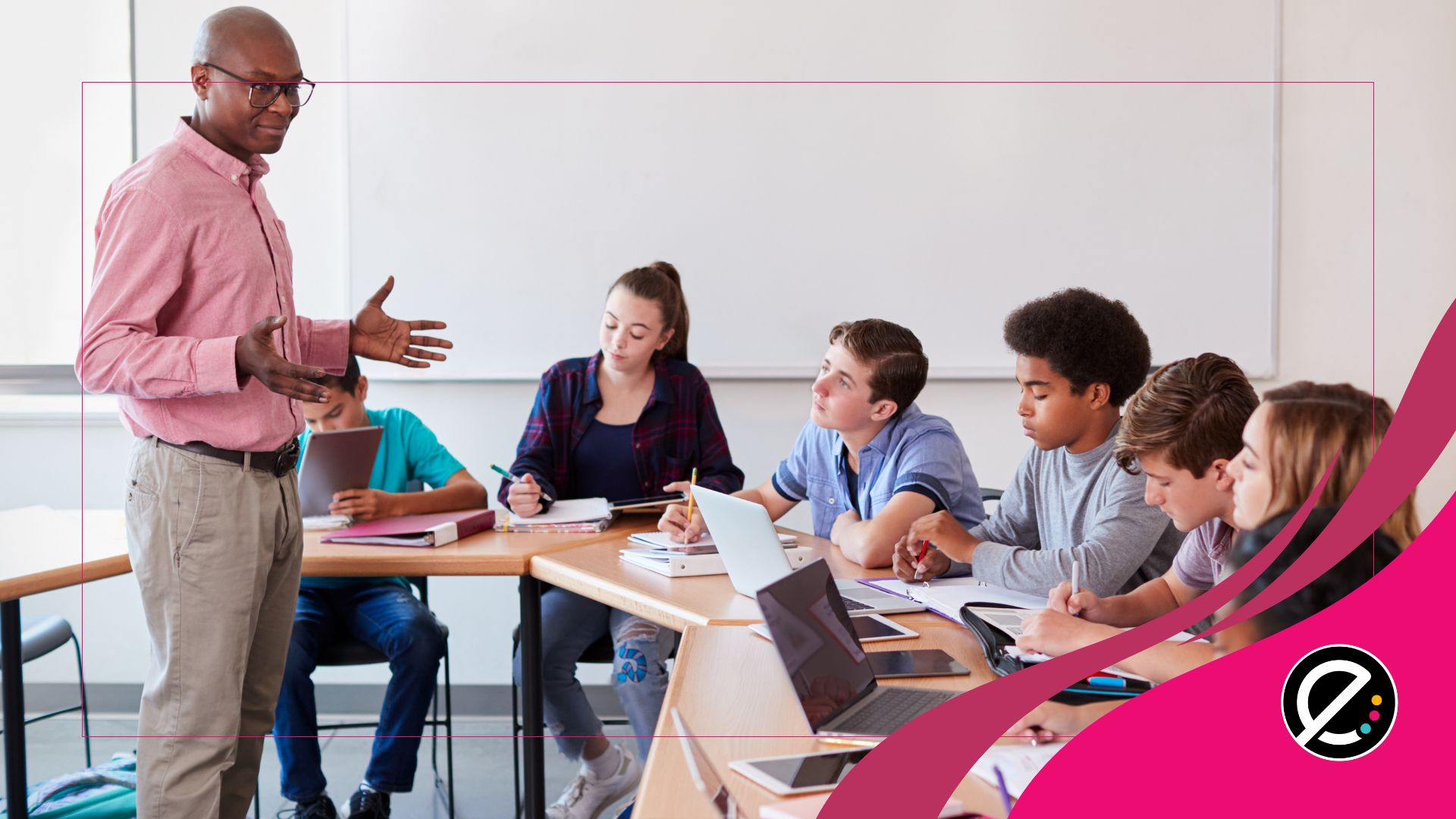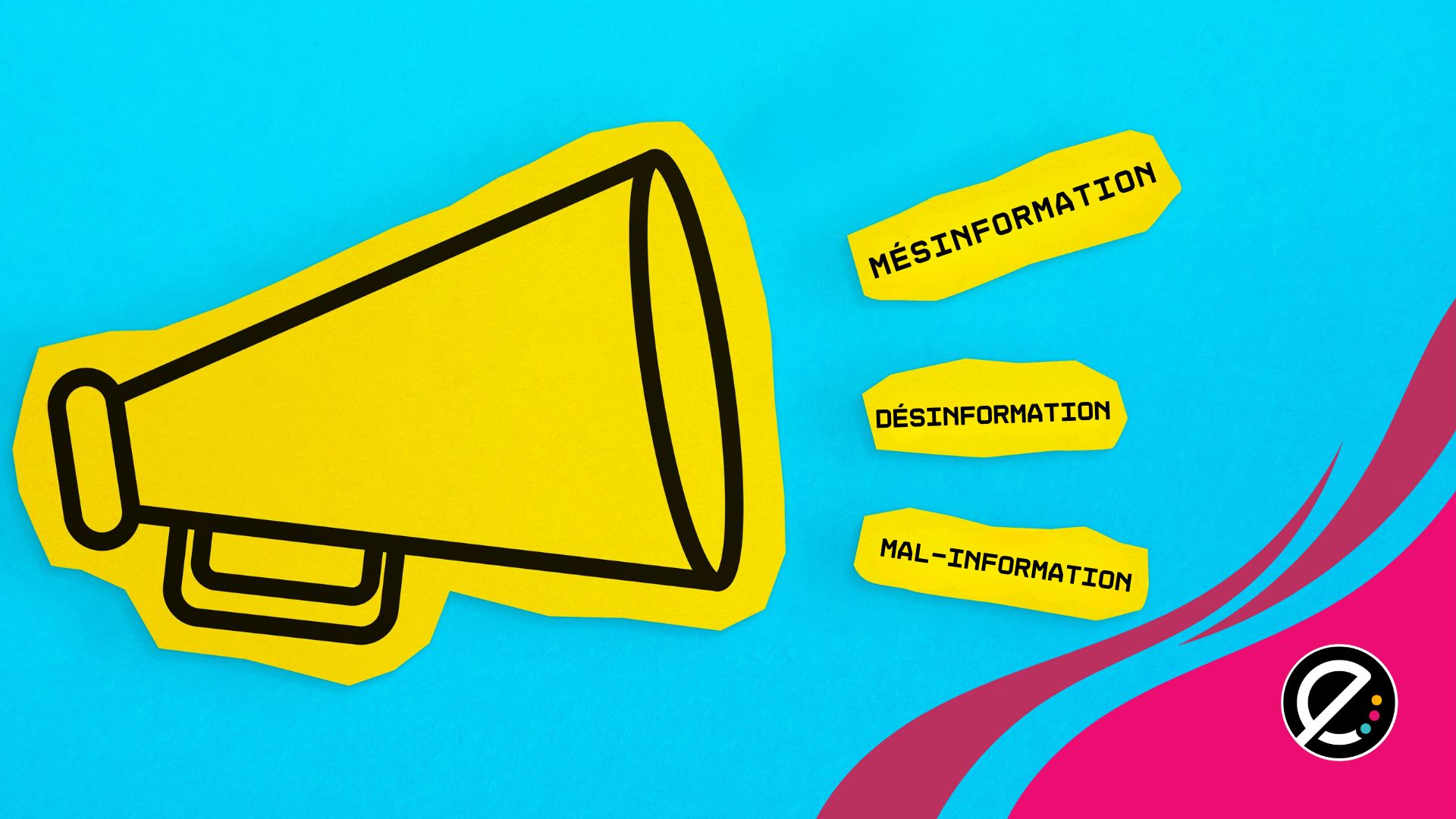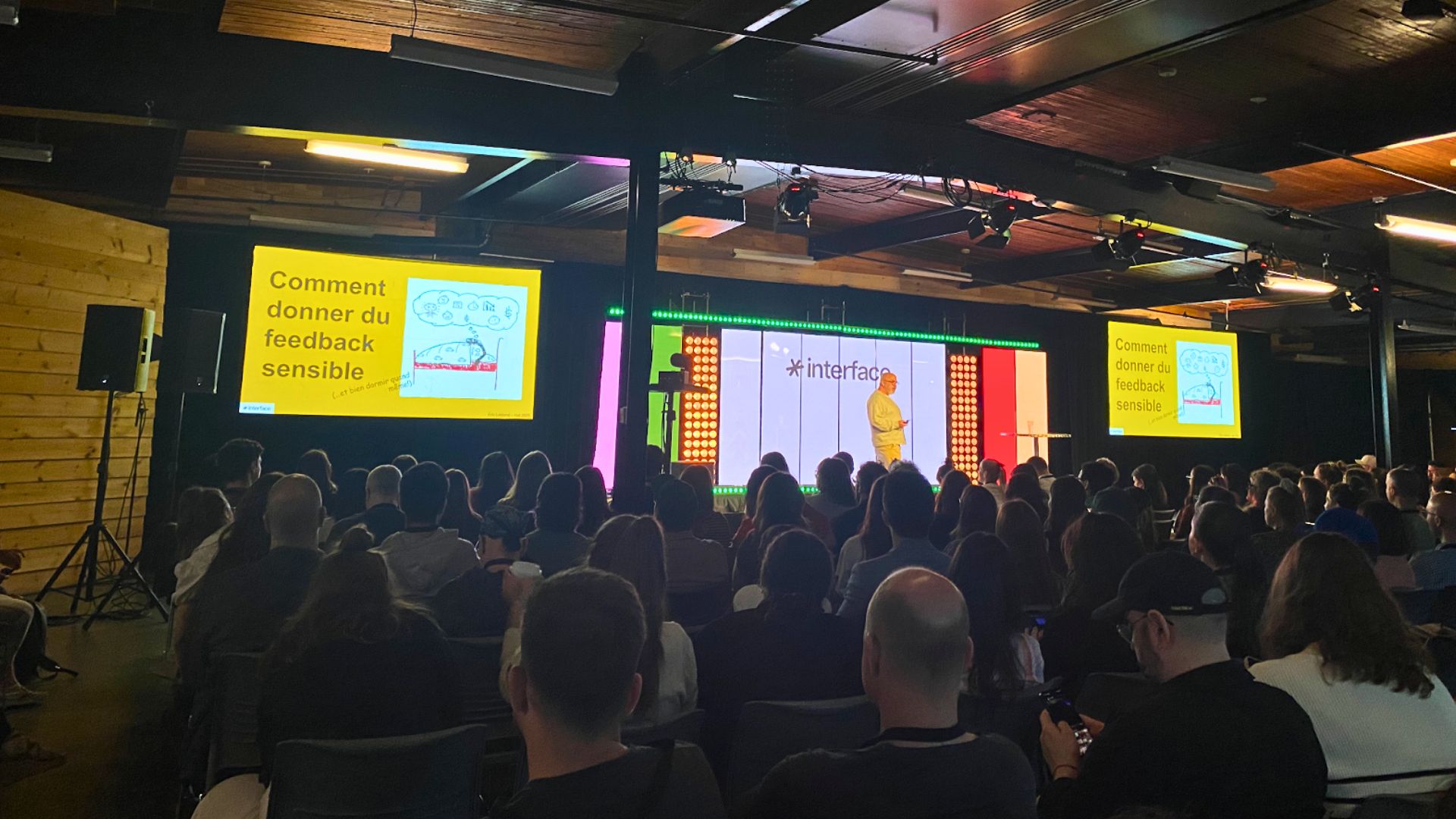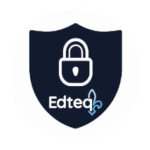La classe sans papier est plus facile à envisager si elle remplace ce dernier par des ordinateurs portables ou des tablettes pour chaque élève. L’alternative plus économique est d’accepter que les élèves apportent leurs propres appareils en classe (« BYOD »), ce qui réduit le nombre total d’appareils à acheter par l’école pour combler les besoins de ceux qui n’en ont pas. Par contre, cela ajoute de la complexité technique et demande une bonne dose de « technomotivation » pour l’enseignant!
Que vos élèves soient dotés d’appareils informatiques ou non, voici quelques trucs qui pourraient vous aider à réduire la quantité de papier qui circule. De plus, si vous plutôt débutant avec les technologies, ces pistes pourraient constituer de bons points de départ dans votre démarche d’exploration et d’appropriation. Enfin, elles ont l’avantage d’être des techniques de travail qui se réalisent aussi bien sur ordinateur que sur tablette.
1. Demandez que les devoirs soient remis de façon électronique.
Utilisez le portail de l’école ou de la commission scolaire, ou bien une plateforme comme Edmodo ou Didacti. Créez un devoir ou des exercices à l’aide d’un logiciel de traitement de texte et partagez-le avec les élèves : ils n’auront qu’à répondre aux questions directement dans le fichier, sauvegarder et vous faire parvenir le tout. Pour la correction, vous pouvez utiliser l’option de suivi des modifications. Si vous recevez des travaux en format PDF, le logiciel gratuit PDF Xchange Viewer (Windows seulement) permet de les annoter. Pour iPad, il y a notamment neu.Annotate.
2. Utilisez une application « tableau blanc » pour griffonner ou résoudre des problèmes.
L’application « tableau blanc » n’a (presque) rien à voir avec les TBI. C’est une page blanche sur l’ordinateur ou la tablette et on y écrit à main levée comme sur une feuille. Le petit logiciel « Paint » fourni avec Windows, accompagné d’une tablette graphique, peut parfaitement faire l’affaire! Si vous avez un TBI, utilisez simplement le tébiciel. L’outil « dessin » sur Google Drive est aussi un excellent choix car il permet en plus le partage instantané et la collaboration.
3. Prenez le temps de découvrir les possibilités de Google Drive (ça vaut la peine!).
Gratuits et polyvalents, les outils de Google Drive vous permettent notamment de créer directement en ligne des documents textes, des feuilles de calcul, des présentations, des sondages et des dessins. Tout cela s’enregistre dans votre espace sécurisé en ligne et vous pouvez partager les documents que vous voulez avec qui vous voulez, et même inviter des gens (collègues, élèves, etc.) à collaborer.
Pour aller plus loin sur ce sujet, consultez ces quelques articles :
– Au cégep : La classe numérique en Sciences humaines… vers une classe sans papier ?
– Évaluer la lecture à la fin du 1er cycle du primaire sans papier ni crayon
– Tips and Resources for a Paperless Classroom
Vous connaissez d’autres références intéressantes, d’autres trucs, vous expérimentez vous-mêmes la réduction du papier dans la classe? Laissez-nous vos commentaires!













